Hawkins and Cole (Ekco)
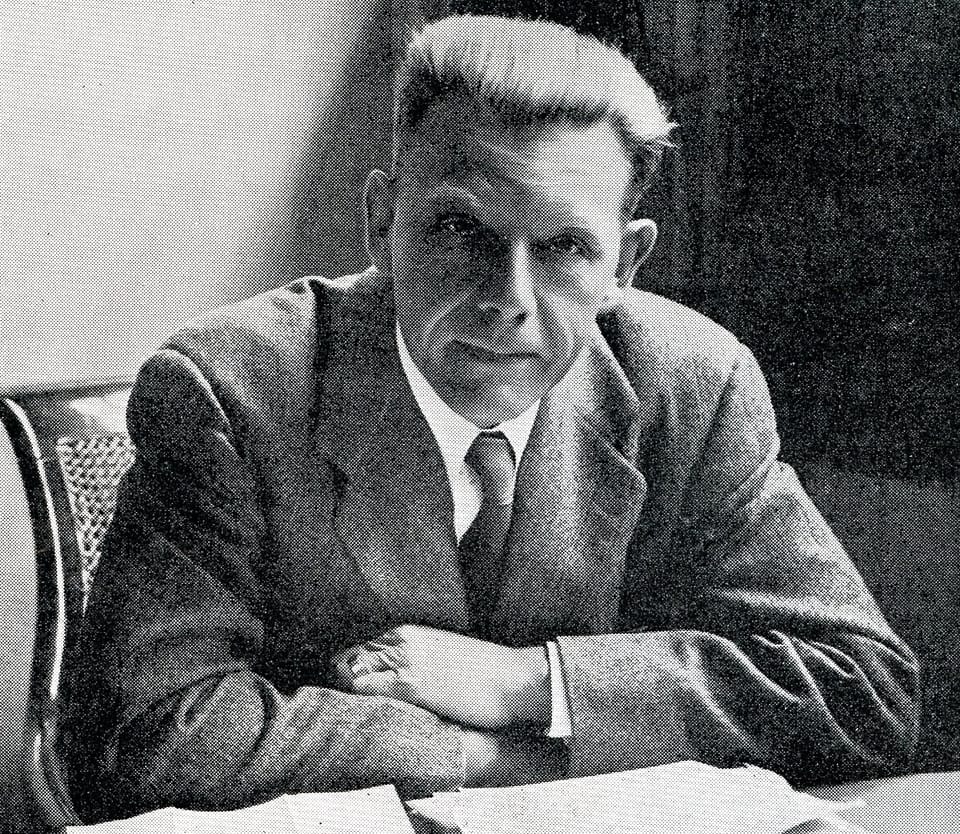
L G Hawkins appears to have commenced trading in 1914.
According to Hawkins literature they introduced American Hotpoint appliances to England. I know that these were later made in England, but I am not sure when manufacturing began here and I suspect Hawkins was not involved other than as a retailer. I have seen an early American iron marked Universal, date unknown. Other products with which Hawkins were involved in 1914 were “the first electric vacuum cleaner to sell at £5/5/0” and the Geyser electric washer and wringer.
In 1915 Hawkins was on war service, manufacturing electrically heated clothing and engine heaters. In 1918 Hawkins introduced the Universal brand of electrical appliances to England. These were later manaufactured in England and exported around the world.
L G Hawkins and Company Limited, Company number 178697, was incorporated on 29th December 1921. The Directors were Lawrence George Hawkins of 27 Thorpewood Avenue, Sydenham Hill, London SE26, and Clifford John Hawkins of 27 St Adons Mount, Dulwich, London SE. The portrait shows the director, Lawrence George Hawkins, in 1951. The Subscribers were the Accountant Henry Tarnall, and the secretary, Florence Lilian Cooke of 42 Pepys Road, New Cross, London SE. At this time I believe L G Hawkins and Company were based at 30-35 Drury Lane, London WC2.
This bakelite Supreme hair dryer was introduced in the mid 1920’s, and through several versions, was still being manufactured in the 1950’s. (The Hawkins Pressure Cooker Users Club magazine features adverts for this model in 1952 and 1953).
A Hawkins leaflet claims “1926 – Kelvinator Refrigerators introduced from the USA” but no further detail is given. I am not sure of the extent to which Hawkins was involved. Nash-Kelvinator Limited, England, was founded in 1926 as an assembly plant for refrigerator stampings, forgings and machine parts made by Kelvinator in America. In 1946, Nash-Kelvinator Corporation established a 230,000 square foot plant in Crewe, in Cheshire, England, to begin its first complete manufacturing venture outside of North American, primarily destined for export.
The first patent application I have discovered for L.G.Hawkins was for a heating element in 1929, designed to provide heat, light, ultra-violet and infra-red radiation. A second patent application dated 1930, referred to the invention of a combined inspection or lighting lamp and heater.
In 1930 Hawkins introduced the first cheap, full size electric washing machine with ‘auto-wringer’ retailing at £16/16/-, and in 1931 they introduced the first semi-automatic electric iron, followed by the first fully automatic controlled iron, a Universal brand, in 1932.
The Hawkins Supreme kettle, (illustration from the Simply Switch On website), was produced in Hastings. Two patent applications were made for this unusual design in 1933. The finish is mottled grey vitreous stove enamel finish, the handle is covered in grey raffia, and it has large black spherical phenol plastic feet. This model was available in several capacities.
In 1936 Hawkins introduced the Tecal electric teasmade.
In 1938 Hawkins introduced the Casco elecric shaver – one of the first in the English market. From 1939 to 1945 Hawkins was on War Service. They co-operated with the Ministry of Aircraft Production in the designing and quantity production of a rear gun turret trainer for air crews as well as free gun assessors, fuel-saving calibrators, gun heaters and more. They also manufactured a ceramic kettle to comply with restrictions on the use of metal.
In 1946 Hawkins introduced a Hawkins branded Heat Controlled Iron, model LGH 1220. Then in 1947 they began to make Hawkins Universal Pressure Cookers under licence from the American originators. These were exported throughout the world.
Hawkins enjoyed great success with exports to Australia and New Zealand. Hoping to further his relationship with that part of the world Lawrence Hawkins decided to make his first visit to Australia in 1951. With his wife and his daughter Shirley, he travelled to Australia on the S.S. Himalaya, arriving on 28th September.
By 1952 Hawkins were proudly marketing their products in 78 countries. They manufactured a range of domestic appliances:
- the Tecal
- the pressure cooker
- the Tab-L-Top mincer
- the automatic heat-controlled iron with a switch LGH 1220
- the Sunray electric fire
- Peter the Heater
- the Boilette
- a flexible table lamp
- the Blink-lite – a emergency and general purpose handlamp
- a footwarmer
- the electric hostess trolley LGH 1000
- the electric hostess sideboard model LGH 1100
- accessories for the pressure cooker including the Roly-Poly Tin LGH 93
Hawkins also explored the clock market. This example changed hands on Ebay in April 2002. It’s former owner kindly took some photos of it before it was sent away. It is marked “Made in England” and says “200-250 volts, 50 cycles” on the rear. Unfortunately I have not yet traced a date.
The Hawkins Tiffee, the first mass produced low-priced automatic tea maker was introduced in 1952.
1953 saw the introduction of the “Ovenette” and the “Elizabethan” kettle followed by the Hawkins “Kitchen Kettle”, the LGH 707, which replaced the LGH 700 in 1954.
A new ‘streamlined’ version of the Tecal , the LGH 3000 was introduced in 1954. followed by the almost identical 4000 and in the 1950’s the Classic LGH 5000.
Lawrence George Hawkins was a Director of Pye Ltd as early as 1950. When Pye and the radio manufacturers E K Cole merged in 1960, there was inevitably some rationalisation and eventually the Ekco and Hawkins operations were merged.
In 1967, the Pye-Ekco group was on the verge of bankruptcy and Philips (of Holland) took a controlling interest. Circa 1977, Philips assumed complete control of Pye of Cambridge (as it was by then known). The Ekco Heating and Appliances business in Hastings became a Philips UK subsidiary, hence the registered address for Ekco became 420-430 London Road, Croydon, CR9 3QR: the UK HQ of Philips.
The Ekco name was dropped in favour of Philips fairly soon (e.g. Philips Hostess heated trolleys instead of Ekco). The Philips small appliance division at Hastings was eventually closed down in the wake of lower labour costs overseas. All that was left of LG Hawkins was the non-trading company Ekco Heating & Appliances Limited, which was finally dissolved in 2002.
The Hawkins Universal trademark was acquired by Hawkins Cookers Ltd in 1986. Hawkins Cookers was started in 1959 by a manager turned entrepreneur, when pressure cookers were virtually unknown in India. They are based at F-101 Maker Towers, Cuffe Parade, Bombay, India and they have factories at Thane, Jaunpur and Hosiyarpur in India. Hawkins Cookers is now a leading manufacturer of pressure cookers, cooker accessories, non-stick cookware, cuisinettes and satilon cookware. The company markets its entire product range in the domestic market under its own brand name, Hawkins, while it exports its products to the US under the Futura brand name. The company diversified by launching blended spices, specially formulated for pressure cooking.

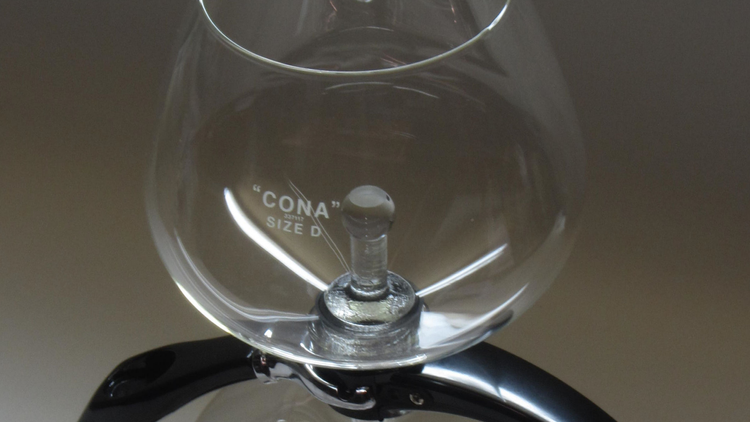
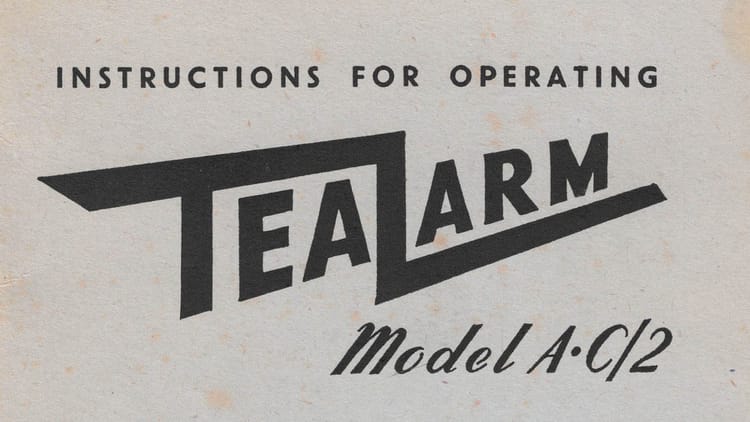
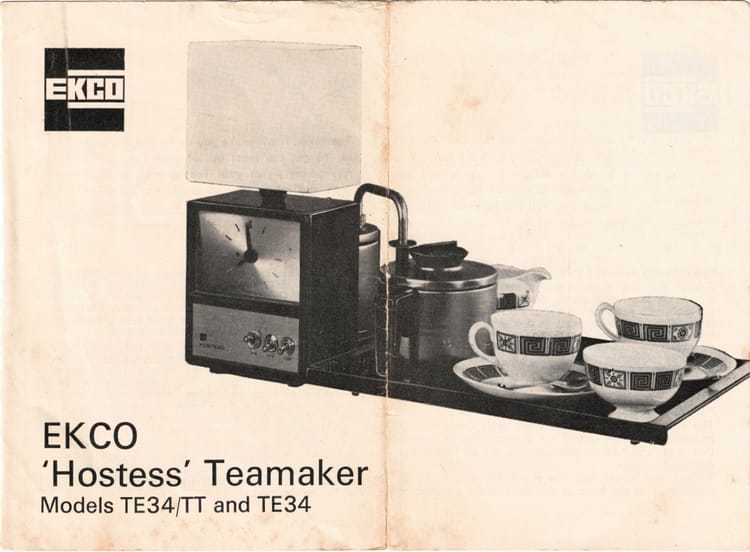
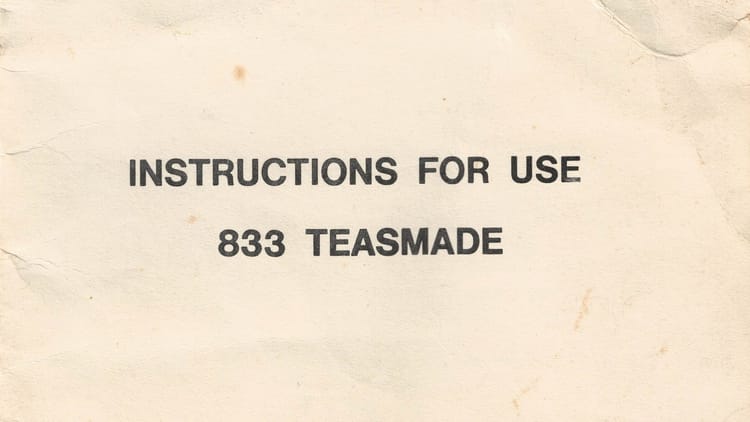

Member discussion